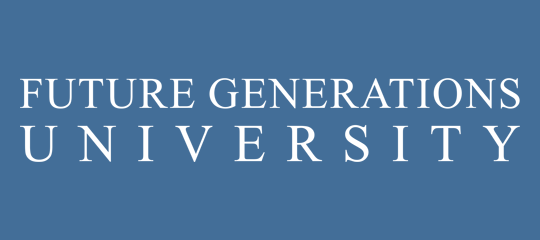The Pendeba Society, previously known as the Pendeba program, has faced many challenges throughout the years. The original Pendeba program was created in 1996 by Future Generations in Tibet as a method for local leaders to gain skills related to environmental protection, conservation, healthcare, women’s education, sustainable livelihoods, and renewable resources. In 2008, largely due to rapid economic development in China and an unstable political situation in Tibet, the Pendeba program was terminated.
 |
| Norbu (2nd from left) meets with pendebas in the Surmang region of Tibet. |
Tsering Norbu (Class of 2009), who previously worked with the Pendeba program in Tibet, realized the significant impact felt by locals when the program was discontinued. He faced the same question from people everywhere as he traveled from village to village -“What became of the pendeba program that had captured the profound interest of the community?” He knew he had to do something. He needed to go local. He decided to take the bottom-up, SEED-SCALE strategy to a new level by seeking the support of the Chinese government.
Norbu faced many challenges and restrictions. He spoke to countless officials, locals, and the movers and shakers in the communities who continually offered him support. One of his supporters included Mr. Gongu Duoji-La, the first Tibetan mountaineer to climb Mt. Everest, who also happened to be from a town close to Norbu’s own birthplace. After countless setbacks, frustrations, and tribulations, on June 26, 2009, Norbu created the Pendeba Society as one of the first civil organizations registered in both China and Tibet. The challenging process also became the basis for his master’s practicum at Future Generations University.
 |
| Pendebas meet in front of ancient, eroded towers in the Dingri region near Everest. |
In 2012, the Pendeba Society was conferred as a Top Grade Civil Organization by the Department of Civil Affairs of the Tibetan Autonomous Region. Recognition continued, and in 2014 the Pendeba Society won the United Nations Development Programme’s Equator prize and the Chinese Ministry of Environmental Protection’s Environmental Prize. Although the difficulties of functioning as a community development organization are still an everyday reality, the Pendeba Society stands as an example of what one individual can accomplish if his or her heart is dedicated to the cause.
“As a leader, you should have a strong passion to do something and have infinite patience to do it in many different ways until you realize your dream,” expressed Norbu. Norbu, in all his efforts, is a beautiful example of what a Future Generations University student can accomplish by the SEED-SCALE methodology with passion and local knowledge.
For more about the Pendeba Society, visit www.pendeba.org.
Researchers Find Encouraging Changes in Mt. Everest’s Gama Valley
 |
| Yak relax in the setting sun with Mt. Everest in the background. |
 |
| The Researchers in front of a map displaying Gama Valley trekking routes. |
In accordance with the QNNP’s master plan, official trekking packages are now being offered in partnership between park authorities and local guides ensuring that good and equitable pricing practices are being adhered to. Designated trekking routes have been created with fixed camping sites, lowering the environmental damage, while maximizing the economic opportunities for local communities. Chinese tourists are now visiting the QNNP by the thousands each year. The park’s simultaneous mandates to preserve natural beauty and create economic opportunity are introducing new challenges for local communities such as trash collection and logistics management. Despite these challenges, the team was excited to find that both flora and fauna are increasing. Now back on North Mountain, the researchers are developing responses to the problems caused by overuse.

